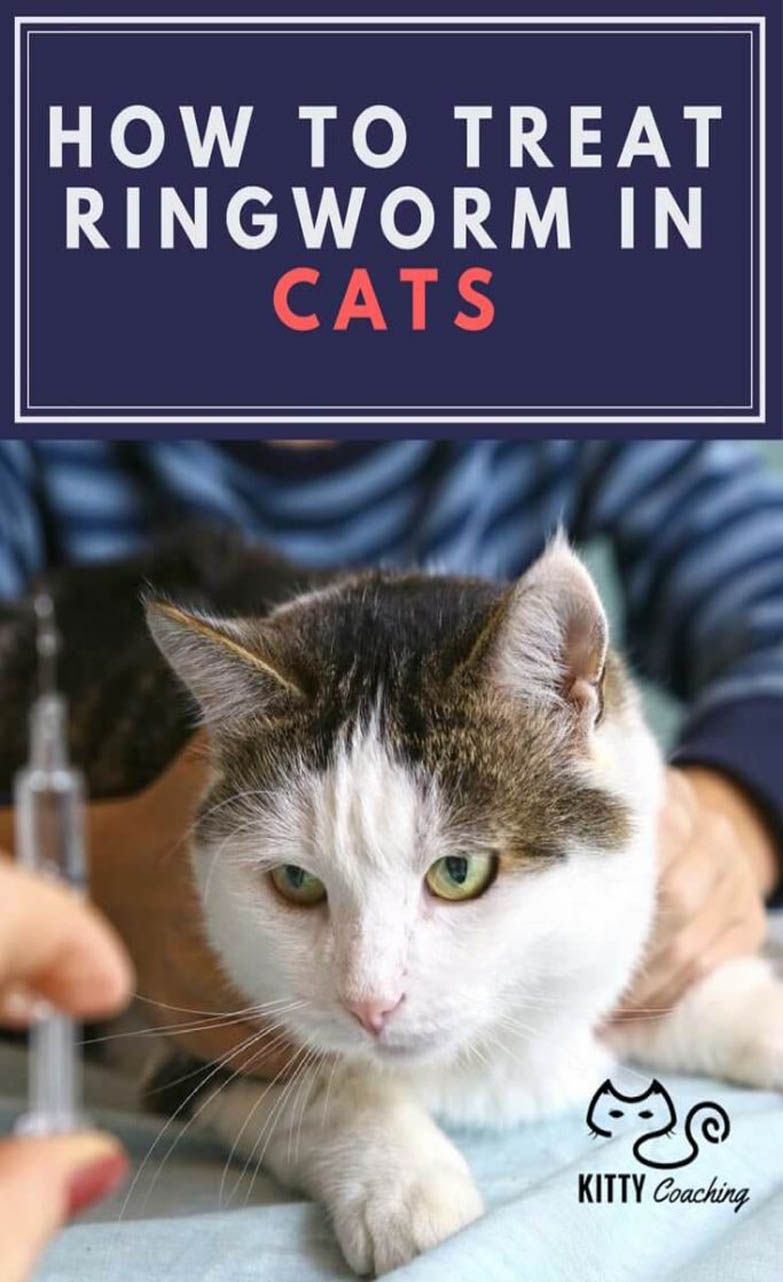How Does Ringworm Look On Cats

Look for patches of hair loss on your cat.
How does ringworm look on cats. Ringworm fungi feed on the keratin that is found in the outer layers of the skin hair and nails. Ringworm is the name given to a contagious often itchy fungus that uses the top layers of skin as a source of nutrition in order to survive. Ringworm in cats also known as dermatophytosis is caused by a fungal infection of the skin most often caused by the fungus microsporum canis according to the merck veterinary manual. The fungi that cause this fungal infection are called dermatophytes.
This skin disease is usually seen through missing circular patches of fur on a cat. A cigarette ash scaling in the depths of the coat may be the only visible indicator of ringworm. Ringworm is a fungus that affects the superficial layers of a cat s skin. What does ringworm look like.
The ringworm fungus grows around hair shafts and migrates downward into the hair follicles. It may cause circular lesions on a cat s head ears and forelimbs as well as any other part of the body. Ringworm occurs more commonly in young humans and animals or those that are immunosuppresed. Ringworm can be challenging to detect in cats since the lesions of ringworm may be very mild or even undetectable.
This leads to inflammation and causes the hair to shed leaving a patch of bald flaky skin behind. Immune compromised individuals such as the elderly and very young are more prone to contracting ringworm. Though people commonly assume this disease is caused by a parasite ringworm in cats has nothing at all to do with worms. Get a diagnosis from your vet if you suspect ringworm as it looks similar to other skin problems.
These types of cats infected with ringworm are classified as inapparent carriers harboring the disease causing fungus but presenting no visible signs of the condition. But make sure to remember even though they do not look sick these cats are contagious to humans or other animals. Ringworm is a common condition and generally thought to be self limiting. Cats with ringworm can either naturally fight off the fungus the fungus can continue to live on the cat with no symptoms or the skin can become inflamed.
The skin around these lesions is often flaky and bald. A ringworm infection in a person typically occurs after a person has pet an infected or carrier cat but it can also occur after simply handling items that were used by an infected cat. Ringworm is another type of fungus that affects cats especially if they are under age 1. These bald areas are often scaly or crusty and may be reddened and inflamed.
Cats usually recover from ringworm on their own in 6 weeks or less.














































